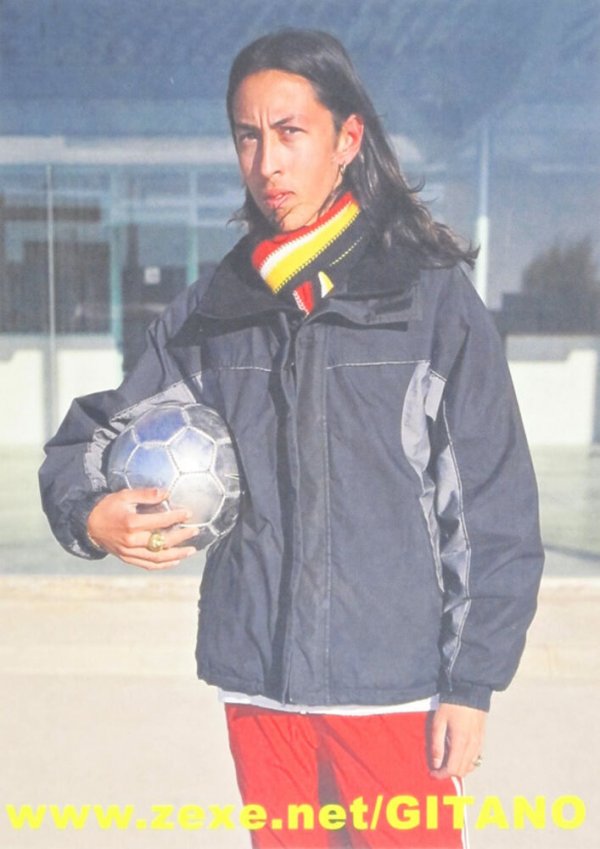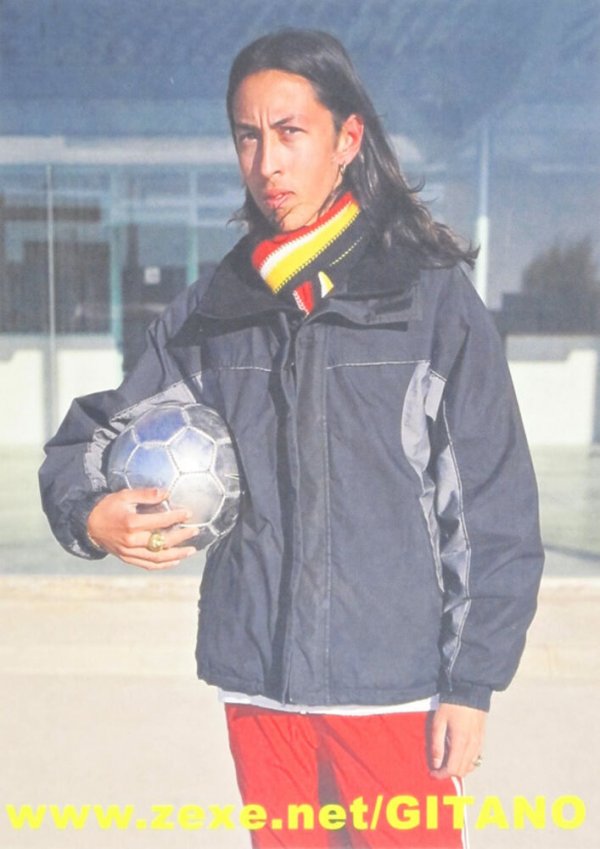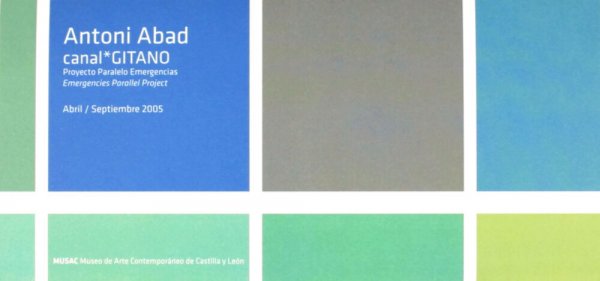Antoni Abad
Coming from a family of artists, Antoni Abad (Lleida, 1956) graduated in Art History at the Universitat de Barcelona in 1979. During the 1980s and early nineties he made mobile sculptures with industrial materials, such as rubber foam and Mecalux, which, accompanied by photographic sequences, reflect on the dynamism of forms and the infinite combinations that derive from them. Hence the artist’s interest in measurement systems.
Following an artist residency at The Banff Centre for the Arts (Alberta, Canada), in 1993–4, Abad began working with video projections in the architectural space. From this period come works such as Últimos deseos (Last Desires), 1995, and his rat trilogy: Errata, 1996, Ciències naturals (Natural Science), 1997, and Love Story, 1998.
In 1996, Roc Parés invited him to take part in the platform ‘MACBA en línea’ (MACBA online). Abad presented Sísifo (Sisyphus), a video installation later adapted exclusively for the web. In 1997 he gained his European Media Masters at the Universitat Pompeu Fabra, Barcelona, and thereafter centred his artistic creation on digital media, with works such as 1.000.000, 1999, and Z, 2001–3, a precursor of the social networks.
From 2004 to the present Abad has been experimenting with the possibilities of mobile phone technology, articulating networks of visual communication that give voice to communities usually ignored or discriminated against in the official media.
His projects have been shown in, among others, Espacio Uno/Centro de Arte Reina Sofía, Madrid, 1997; Museo de Arte Moderno de Buenos Aires, 1999; 2 Bienal Iberoamericana de Lima, 1999; New Museum of Contemporary Art, New York, 2001; Hamburger Banhof, Berlin, 2002, P.S.1, New York, 2003; MACBA, 1996, 2003 and 2014, and in his website: megafone.net.
In 2006, he was awarded the National Visual Arts Prize of the Generalitat de Catalunya and the Golden Nica Award in the Digital Communities category at the Arts Electronica festival in Linz, Austria, for his project canal*ACCESSIBLE. In 2009 he received the Innovae prize from the Fundación Española de Ciencia y Tecnología (FECYT).








![Antoni Abad. Megafone.net/2004-2014 [Enregistrament audiovisual roda de premsa]](https://img.macba.cat/public/styles/large/public/imagenes/archivo/documento_archivo_A.HIS.02987.jpg?itok=hpd8VwYV×tamp=1577062366)

![Antoni Abad. Megafone.net/2004-2014 [Reportatge fotogràfic exposició]](https://img.macba.cat/public/styles/large/public/imagenes/archivo/documento_archivo_A.HIS.00098.jpg?itok=2hbN3OV4×tamp=1628189372)

